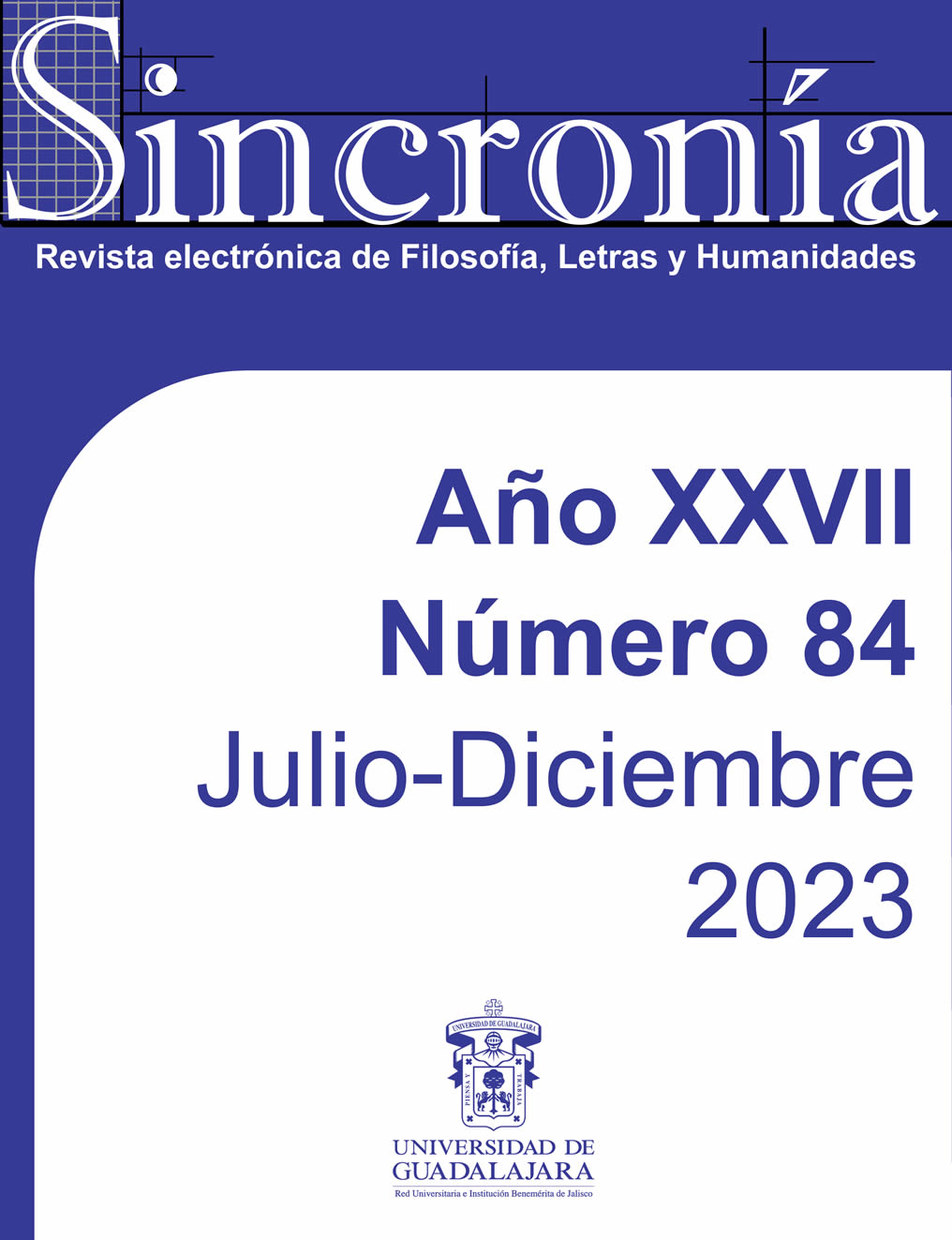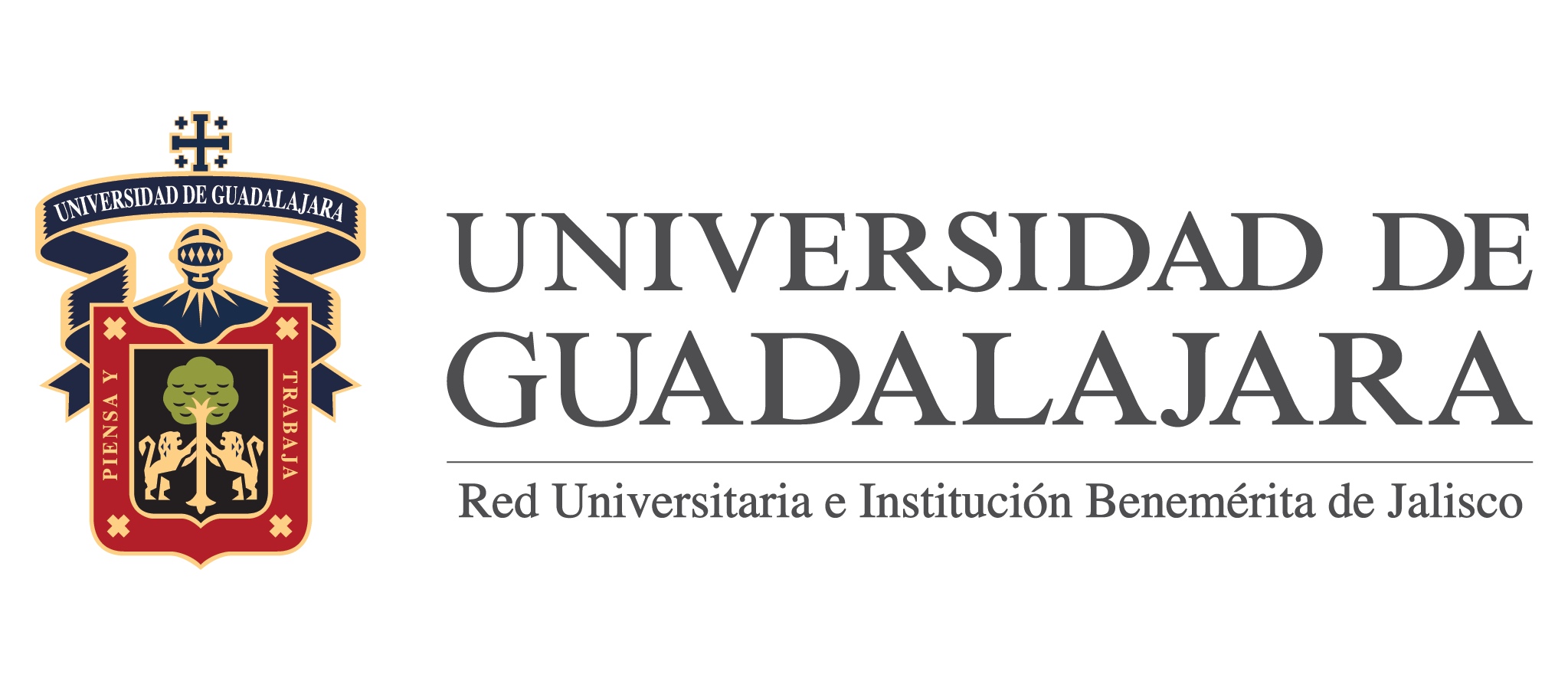Con-formity and Selffulfillment On the hermeneutics of the work of art.
Keywords:
Figure, Beauty, eventic, Esthetic, Vanguard, ArtAbstract
Based on Carlo Diano's notions of form and event, which he applies to the field of Greek culture, it is possible to reconsider the relationship between sender and receiver of the work of art, taking into account this dialectical relationship in which the assumptions of objectivity of the category of work of art are surpassed by the hermeneutical experience. For this, the concepts of "canon" in Polykleitos and of "modular unit" in the aesthetics of the Pythagoreans are analyzed, considering that this vision arises aesthetically distanced from experience that presumes to grant objectivity to aesthetic judgment. This category, aesthetic judgment, when recovered by Kant, is resignified in philosophical terms without forgetting the subjective moment, which nevertheless forces us to rethink how to validate the judgment; This is where Gebilde's Gadamerian concept as well as the phenomenological analysis of the game experience allow us to recover the eventual form of the experience in which the subject is a direct and committed participant, so that the experience with the work of art is not remains in the field of aesthetic reception but rather puts the subject in the same position as the work, updating its content and showing to what extent it maintains and supports its validity. Indeed, the hermeneutic experience with the work of art is not that of investigating a dead archive, but one that answers the question about the validity of the work hic et nunc.
Downloads
Downloads
Published
How to Cite
Issue
Section
License
Copyright (c) 2023 Gustavo Luna López

This work is licensed under a Creative Commons Attribution-NonCommercial 4.0 International License.
You are free to:
- Share — copy and redistribute the material in any medium or format
- Adapt — remix, transform, and build upon the material
- The licensor cannot revoke these freedoms as long as you follow the license terms.
Under the following terms:
- Attribution — You must give appropriate credit , provide a link to the license, and indicate if changes were made . You may do so in any reasonable manner, but not in any way that suggests the licensor endorses you or your use.
- NonCommercial — You may not use the material for commercial purposes .
- No additional restrictions — You may not apply legal terms or technological measures that legally restrict others from doing anything the license permits.



























